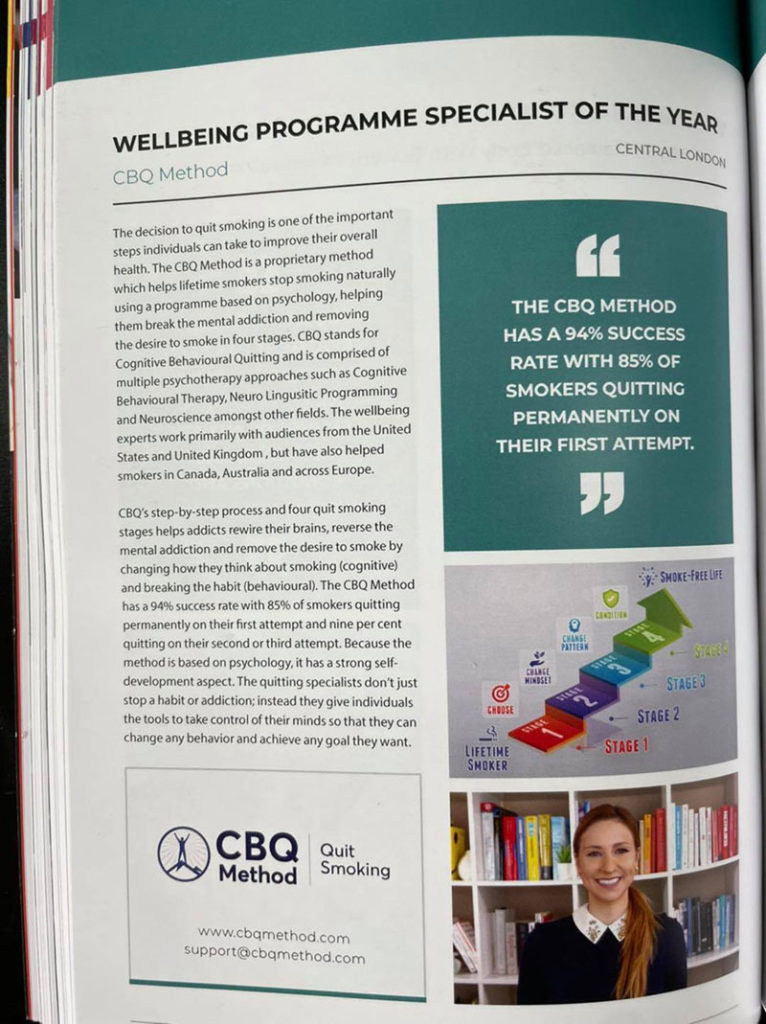Welcome to episode #13 of Ask an Ex.
In this interview, our member Fred shares his story of how he quit smoking after 3 decades with the CBQ Method – and after trying many other methods.
Fred smoked his last cigarette on December 31, 2019, and his commitment, determination, and winning mindset can inspire anyone who may be struggling to succeed.
Tune in to watch:
- How to commit to your quit attempt.
- What contributed to Fred having no withdrawals.
- Fred’s visualization tip – that will help you change your perspective on smoking.
- What was his motivation to quit smoking.
- How Fred smoked his last cigarette.
- And what quitting smoking taught him!
Thank you, Fred!
About Ask An Ex
ASK AN EX is a new interview series. Each interview features an inspiring ex-smoker who succeeded with the CBQ Method™
And they tell you everything – how they did it, what helped them, what challenged them, their fears, motivations and aspirations.
Because the best person to ask about quitting smoking, is an Ex who’s been exactly where you are right now. Every EX shares their unique perspective and wisdom on quitting smoking (because everyone has a unique mix of background, mindset, and experiences).
And they do it for 1 reason: to help YOU become an EX too.





